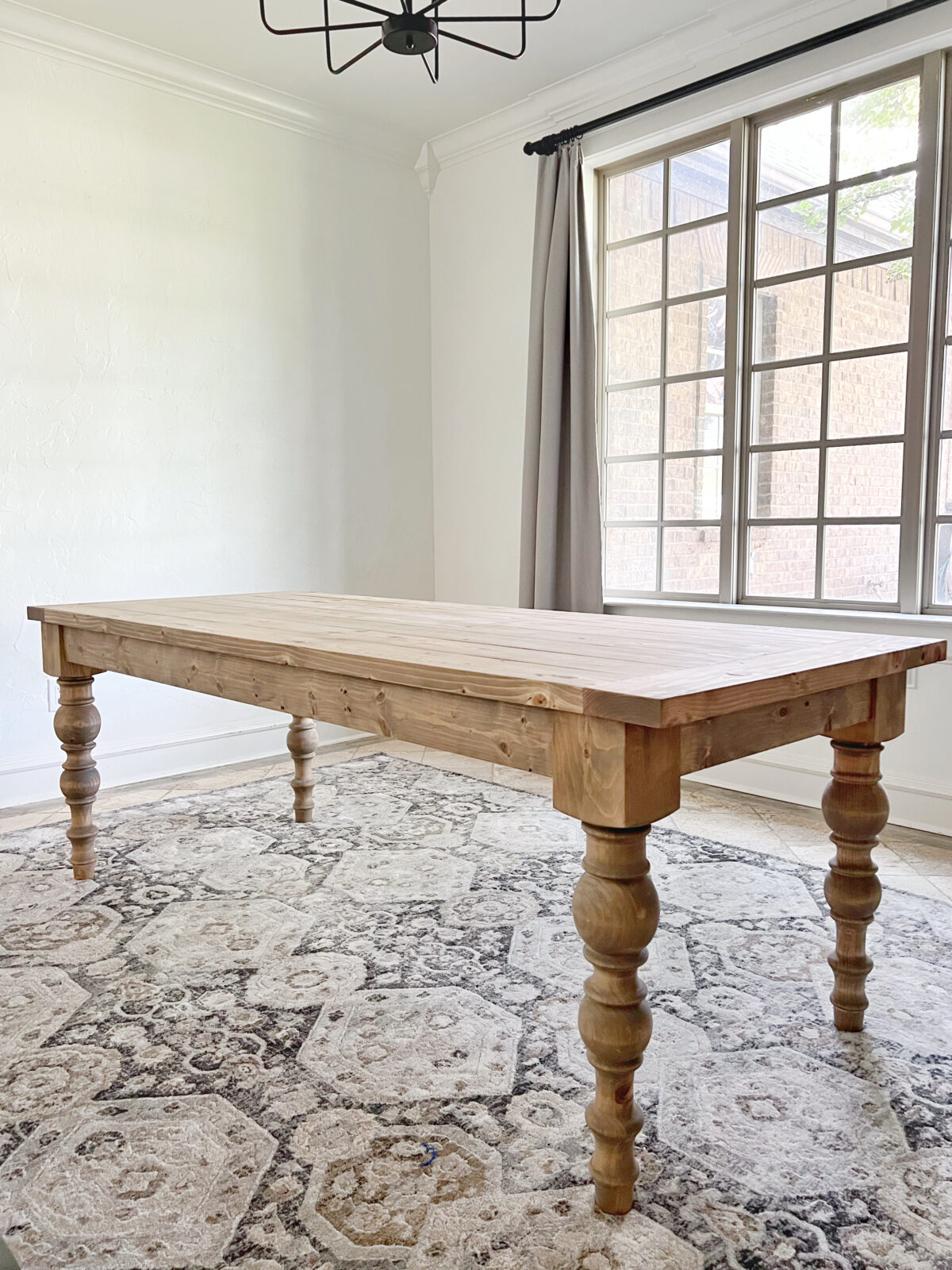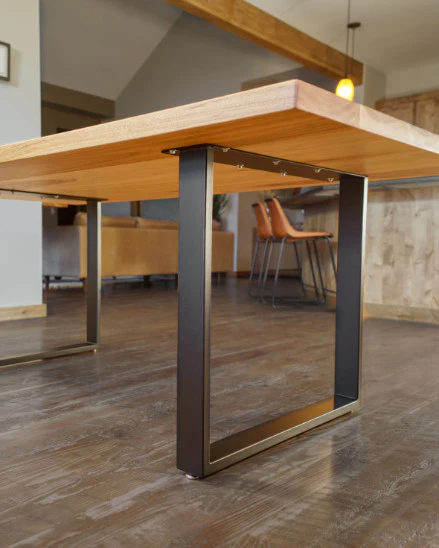An In-depth Check Out Dining Table Leg Styles: Finding the Ideal Match
Picking the right eating table leg design is essential for both aesthetic allure and useful functionality. For those with larger tables, trestle legs guarantee durable assistance, whereas hairpin legs present a mid-century modern ambiance with their minimalist layout. The x-shaped legs mix contemporary design with enhanced security.
Traditional Four Legs
Amongst the different sorts of table leg styles, the typical four-leg style remains an ageless choice for several homes. This timeless arrangement uses a harmonious mix of functionality and looks, making it a perennial fave. 4 legs supply balanced assistance, ensuring the table continues to be stable and efficient in bearing substantial weight. This is especially advantageous for houses that frequently hold large gatherings or utilize their table for multiple purposes, such as work or crafting.
From an aesthetic viewpoint, the conventional four-leg style can be easily adapted to different interior styles. Whether crafted from timber, steel, or a mix of products, these legs can be intricately sculpted, streamlined and minimalistic, or anything in between. Their adaptability permits them to match both rustic and modern setups seamlessly.
Moreover, the simple framework of the four-leg style promotes ease of motion and positioning within a room. Unlike more complex bases, this style lessens blockages, supplying enough legroom for diners. In recap, the traditional four-leg table leg style marries withstanding beauty with sensible performance, making it an astute choice for those looking for both form and function in their dining furniture.
Pedestal Base
Typically celebrated for its sophisticated and space-efficient style, the pedestal base is a notable choice to the typical four-leg configuration in eating table leg styles. This unique base typically includes a single central column sustaining the table top, which can differ in form, from ornately carved timber to streamlined, modern steel. One of the key advantages of the stand base is its capacity to optimize legroom and seating flexibility. Without corner legs, restaurants are managed higher flexibility of movement, making it an excellent option for round and oblong tables that promote more intimate and inclusive events.
The central column itself offers a canvas for detailed designs and imaginative expressions, including a component of aesthetic interest beneath the table. In recap, the stand base integrates capability with design, making it a refined and practical alternative for varied eating atmospheres.
Trestle Legs
Trestle legs provide a robust and timeless foundation for dining tables, defined by their straight cross-bracing and tough assistance beams. Originating from medieval times, this style has actually advanced yet retained its essential framework, making it a perennial favorite in both conventional and modern setups. The central trestle light beam, often sustained by two or even more vertical posts, uses phenomenal security, enabling bigger table lengths without the demand for added legs.
A considerable advantage of trestle leg tables is the adequate legroom they use. Unlike tables with four corner legs, the lack of obstructions at go to these guys the table's edges gives unimpeded space for chairs and restaurants, boosting comfort and accessibility. This makes trestle tables suitable for fitting larger events, whether in a dining space or a banquet hall.
The visual convenience of trestle legs is noteworthy. Readily available in a selection of products such as wood, steel, and composite, they can be ended up to complement a vast array of interior designs. From rustic farmhouse to smooth contemporary styles, trestle legs can be tailored to fit individual tastes. Their enduring charm and functional advantages make trestle legs an engaging choice for those seeking both style and functionality in their dining table.
Barrette Legs

The appeal of barrette legs exists in their simplicity and adaptability - dining room table legs. Offered in a series of products, consisting of steel and brass, they can be ended up in countless colors to match different indoor styles. Whether combined with a rustic wood tabletop or a modern glass surface, barrette legs effortlessly blend performance with a touch of classic charm
Longevity is one more significant attribute of barrette legs. Despite their fragile look, these legs are crafted to birth substantial weight, making certain the dining table continues to be stable and safe. In addition, they are relatively easy to mount, making them a popular choice for do it yourself enthusiasts and specialist furnishings makers alike.
X-Shaped Legs

Constructed from materials such as steel, wood, or a combination of both, X-shaped legs can be customized to match various design choices. Steel legs frequently lend a streamlined and commercial feeling, ideal for loft-style apartment or condos and modern-day eating areas. On the various other hand, wooden X-shaped legs supply a warmer, a lot more page rustic charm, appropriate for farmhouse or eclectic interiors. The versatility in products permits house owners to personalize their eating tables to much better fit their general style system.
In addition, the engineering behind X-shaped legs ensures also weight distribution, minimizing the risk of tottering and boosting sturdiness. This makes them specifically fit for bigger table that require added support. Basically, X-shaped legs blend sensible engineering with modern-day looks, making them an ageless option for varied eating settings.
Conclusion
An extensive understanding of dining table leg styles reveals the distinctive qualities and advantages of each layout. Standard four legs provide security and classic charm, while pedestal bases provide legroom and a structured appearance. Trestle legs guarantee durable assistance for larger tables, and barrette legs introduce a mid-century modern visual. X-shaped legs incorporate contemporary layout with improved security. Choosing the suitable leg style guarantees both functional and aesthetic satisfaction in any type of eating room.